Disability statistics unveiled: why they matter
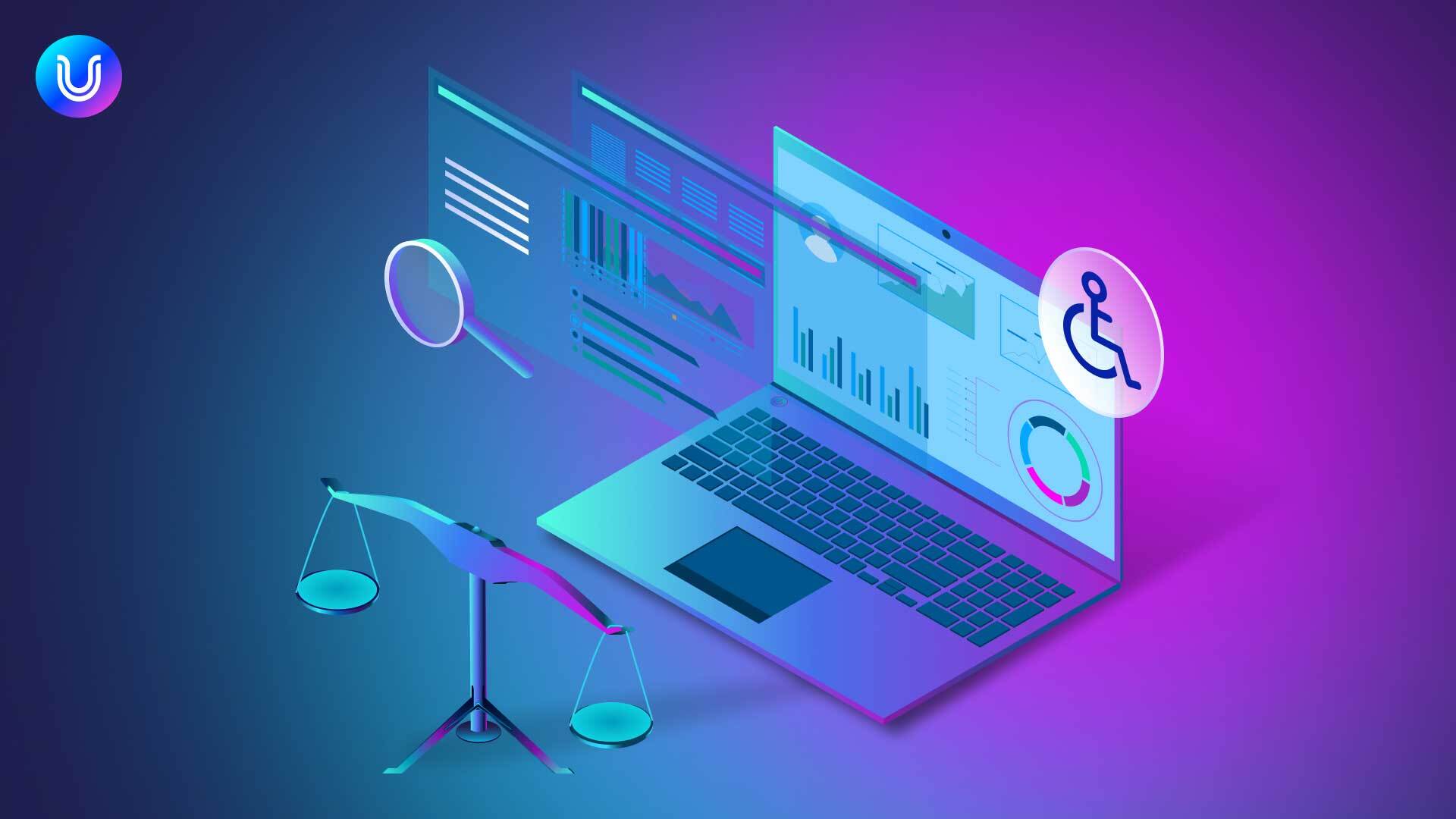
A blog on disability statistics might seem mundane at first glance. But disabilities are a fundamental aspect of the human experience, impacting millions of people worldwide in various ways. So, there’s a compelling reason to familiarize yourself with these facts and figures that profoundly impact our business and personal lives. By educating ourselves on global disability statistics, we can illuminate challenges faced by people with disabilities and highlight the importance of inclusivity, accessibility, and equality.
This blog illustrates why the numbers matter and familiarizes you with critical insights into digital accessibility. We also summarize each section with “Did you know” facts you don’t want to miss.
How do disability statistics relate to accessibility?
When discussing disability and accessibility statistics, it’s important to recognize that disabilities include a wide range of challenges that impact individuals in different ways. These disabilities include physical, sensory and cognitive disabilities. Let’s take a look at different disabilities, with each of these statistics shed light on the multifaceted nature of disabilities:
- Around 15% of the world’s population, or approximately 1 billion people, live with disabilities.
- Over 3 billion people globally have neurological conditions, including epilepsy, dementia, and autism

Cognition: Nearly 13% of American adults struggle with concentration, memory, or decision-making.
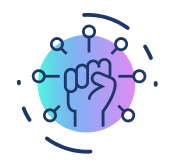
Independent living: Around 7.2% of people find it challenging to perform daily tasks independently.
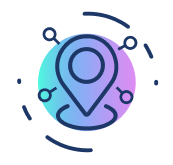
Mobility: 12.1.% experience difficulty walking or climbing stairs without assistance. Mobility disabilities include cerebral palsy and arthritis.

Hearing: Approximately 6.1% are either deaf or have severe hearing conditions.

Vision: Around 4.8% of individuals are either blind or have difficulty seeing such as color blindness or low vision.
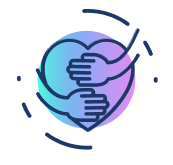
Self-Care: Approximately 3.6% face challenges in dressing themselves.
Did you know? Dyslexia statistics reveal that this common learning difference impacts around 15-20% of the global population. Yet, it’s frequently undiagnosed or misidentified, underscoring the importance of raising awareness and providing necessary support.
Today, 1.3 billion people around the world grapple with significant disabilities. To add to that, the rates of disability are rising, fueled by the growing number of noncommunicable diseases and the fact that people are now living longer.
So what can we do to address some of these societal issues? To answer this, let’s now move onto one of the biggest concerns in the disability space: accessibility.
What’s the global impact behind disability statistics?
Disability statistics show a world that’s way behind the curve with disability inclusion. People with disabilities often face a range of accessibility barriers in their lives, such as less access to education, limited job opportunities, and higher poverty rates. For example, individuals with disabilities face significant health inequities, often struggling to access essential healthcare services and facing disparities in healthcare outcomes. Many individuals face a life expectancy shortened by as much as 20 years compared to their peers without disabilities. Likewise, the latest special education statistics show numerous U.S. school districts have trouble hiring people to fill critical positions.
These global disability statistics speak volumes; they’re a clear signal that governments, organizations, and all of society need to work together to make sure that people with disabilities can fully participate and thrive in all parts of life.
What steps can we take to address inclusivity, ethical practices, and accessibility, particularly in areas that tend to be underestimated or neglected?
Did you know? The global percentage of people with disabilities is approximately 15%. Among them, around 1% experience intellectual disabilities, with males being more commonly affected than females. These statistics highlight the prevalence of intellectual disability and highlight the need for tailored support and inclusion efforts.
Why are digital spaces the overlooked area of accessibility?
While many organizations are diligently working to make healthcare, education, and workplaces more inclusive for individuals with disabilities, there’s an important question that often goes unnoticed: digital accessibility.
The internet has become such a big part of our lives. From remote work and online learning to shopping and connecting with friends, it’s at the heart of modern day life. But, in the rush to digitize, digital accessibility has taken a back seat. Now, more than ever is the time to turn our attention to how we can also make online spaces accessible. Let’s take a closer look at this often overlooked aspect of accessibility.
Did you know? Digital accessibility aligns with ESG (Environmental, Social, Governance) principles.
How do disability statistics drive digital accessibility?
Here’s an eye-opening statistic you might find surprising: Just 3% of the internet is accessible to individuals with disabilities. This is a digital divide that presents a significant barrier for people with disabilities, limiting their ability to access vital information, engage with online services, and participate fully in the digital world.
There has also been a notable uptick in web accessibility-related lawsuits due to non-compliance with accessibility standards like the Americans with Disabilities Act (ADA). Therefore, businesses are beginning to understand the importance of adhering to web accessibility standards like the Web Content Accessibility Guidelines (WCAG). These standards serve as a practical framework and align with the ADA’s goal of providing equal access to individuals with disabilities.
Whether you’re a business, a web developer, a web designer, or anything in between, you have a tremendous opportunity to contribute to building a more inclusive digital environment. Let’s work together to drive up that 3% stat and ensure your website is accessible to everyone!
10 steps to improve web accessibility
Building accessibility into websites is a legal requirement and the right thing to do. A more inclusive online environment benefits everyone, and it can be easier to accomplish than you might think – with the right tools. We’ll now walk you through practical measures you can take to enhance web accessibility with some links to a world-leading tool that can help get you there:
1. Educate yourself
Start by familiarizing yourself with web accessibility guidelines, such as WCAG. Understand the principles and standards involved.
2. Evaluate your website
Use accessibility evaluation tools and perform manual testing to identify areas where your website needs improvement.
3. Provide alternative text
Ensure that all images and multimedia elements have descriptive alternative text to assist users with disabilities.
4. Implement keyboard navigation
Ensure that all website features and functions can be accessed and used via keyboard navigation, without reliance on a mouse.
5. Test with assistive technologies
Test your website using screen readers and other assistive technologies to experience how users with disabilities interact with it.
6. Prioritize content structure
Maintain a clear and organized content structure, including headings, lists, and proper semantic markup.
7. Use accessible forms
Make forms and interactive elements, such as buttons and links, accessible with appropriate labels and ARIA attributes.
8. Caption and transcribe multimedia
Provide captions for videos and transcriptions for audio content to accommodate users with hearing impairments.
9. Regular audits
Schedule regular accessibility audits and updates to ensure your website remains compliant.
10. Seek expert guidance
Consult with web accessibility experts or hire accessibility professionals (with ADA and WCAG expertise) to help you fully manage website accessibility.
Remember, making your website accessible is an ongoing process – these steps are a good starting point to create a more inclusive digital environment.
UserWay’s Accessibility Widget: changing the stats
Experience UserWay’s Accessibility Widget, the ultimate solution for automated accessibility improvements on your websites. It ensures ongoing compliance, features an intuitive interface, and adapts to diverse user needs. Seamlessly integrate it into your digital platforms, enhancing the user experience. Request a demo now and let’s change the number of websites that are accessible to people with disabilities.
Answers to common FAQs
Why do disability statistics matter?
Disability statistics matter because they provide essential insights into the prevalence and impact of disabilities within a population. These insights should motivate us to build policies, resource allocation, and advocacy efforts, ensuring that the needs and rights of people with disabilities are recognized and addressed.
What is the current state of web accessibility?
Web accessibility remains a challenge, with only 3% of the internet being fully accessible to people with disabilities.
Why is web accessibility important?
Web accessibility is crucial to ensure equal access to digital content and services for everyone, regardless of their disabilities.
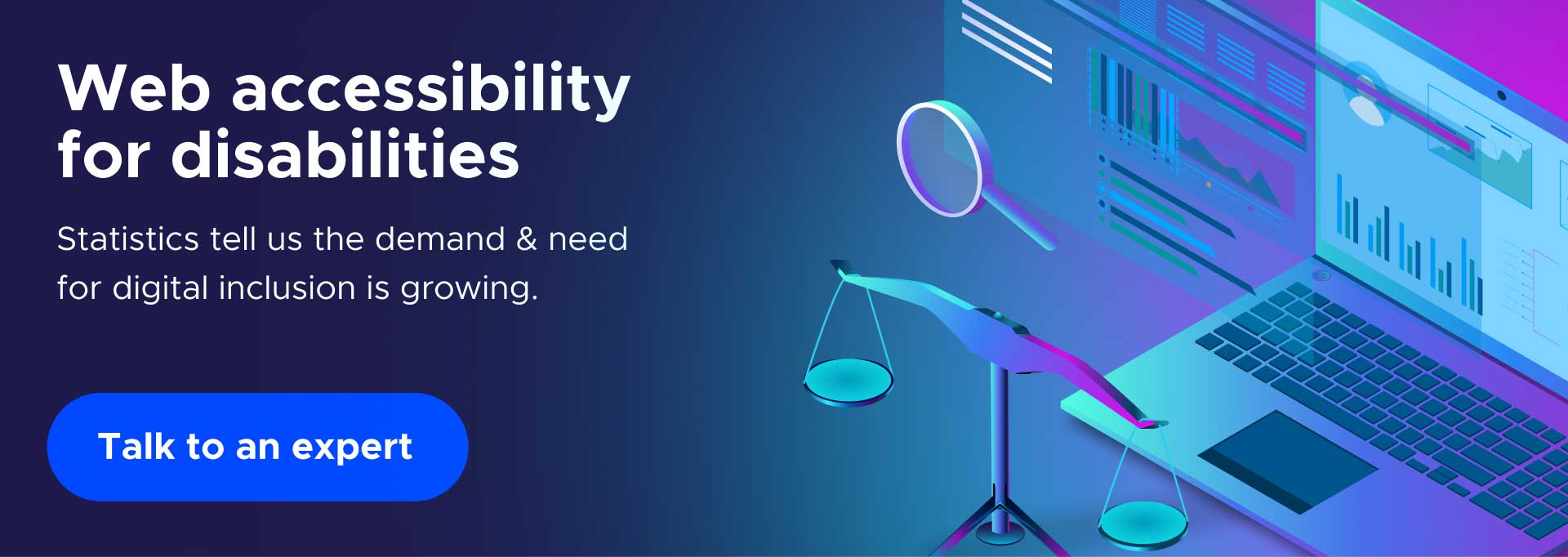

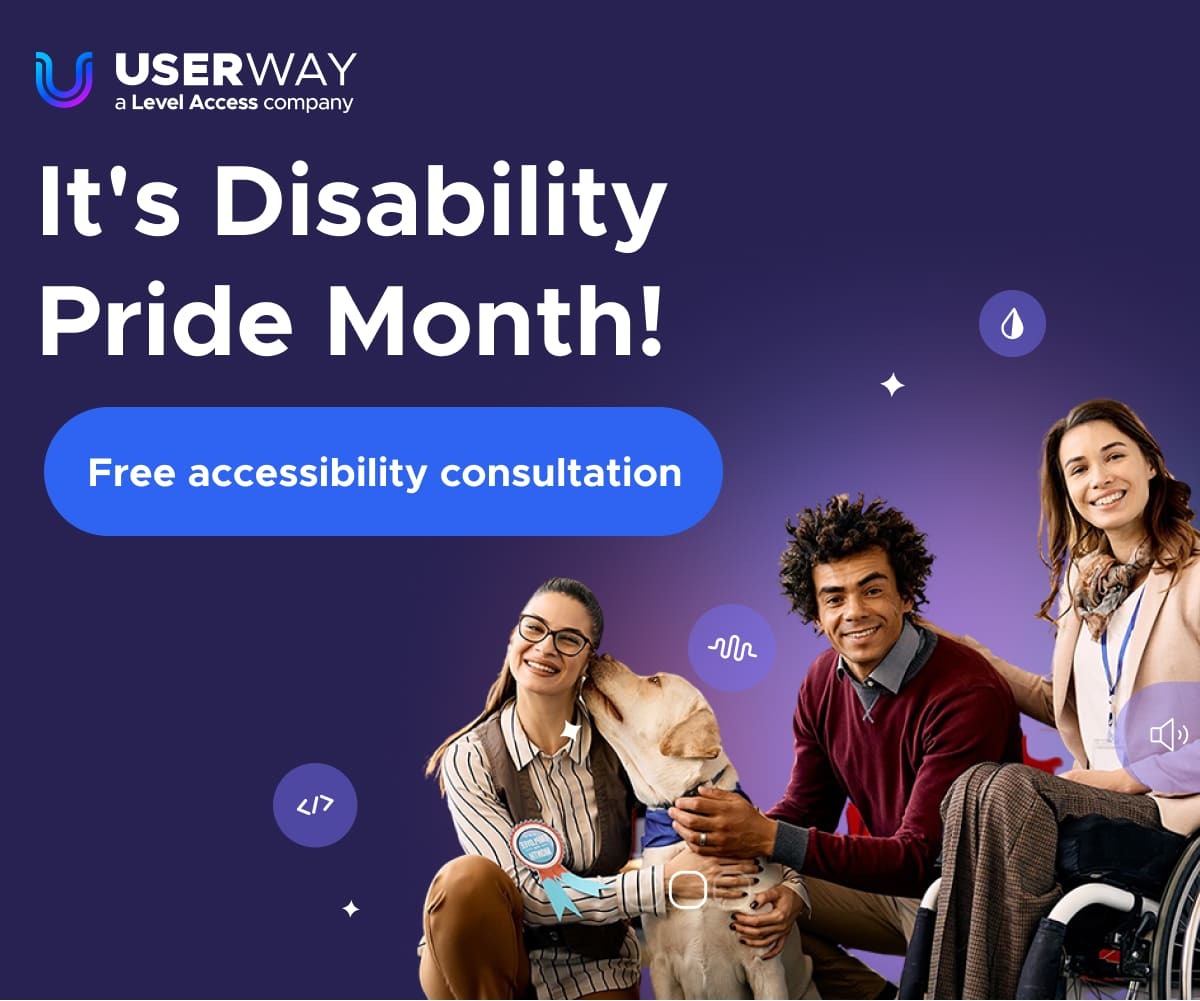

Share